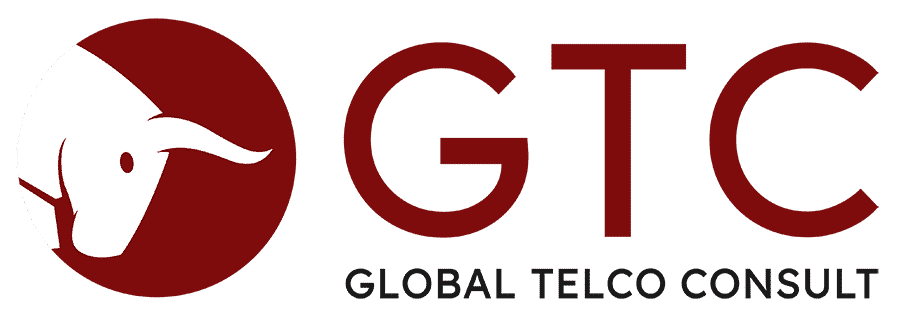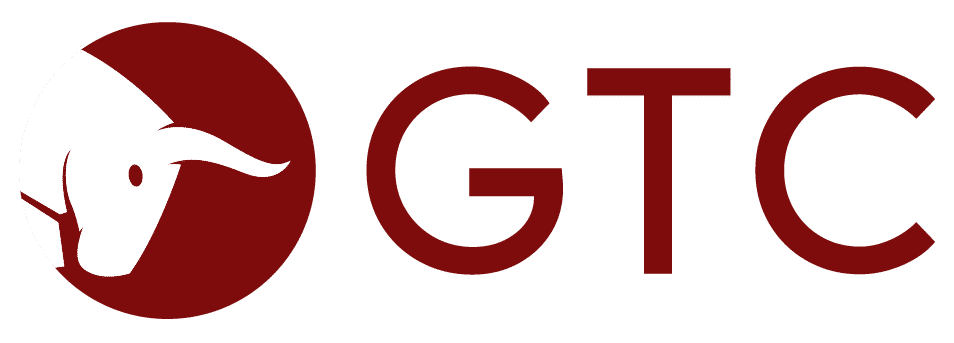As the world becomes more connected, the Internet of Things (IoT) has emerged as a key driver of technological advancement across industries. Whether we’re discussing logistics or healthcare, IoT devices facilitate everything from real-time monitoring to automation. However, ensuring reliable global coverage is one of the most critical challenges facing businesses looking to leverage IoT. While cellular IoT connectivity service providers (CSPs) may advertise “global coverage,” the reality is often more complex. Many businesses are left with higher costs or limited functionality when deploying IoT devices across different regions. Let’s break down what global coverage in IoT actually entails and the factors businesses should consider when selecting their connectivity partners.

Coverage Claims: Too Good to Be True?
Many CSPs tout global IoT coverage as a key selling point, but a closer look reveals that few, if any, offer truly seamless global connectivity. Most CSPs have a primary footprint where they maintain robust infrastructure, but outside of that area, connectivity costs can skyrocket. In these “secondary” regions, businesses may pay elevated roaming fees or encounter regulatory obstacles that limit their ability to maintain reliable service.
Local regulations may prevent permanent roaming in certain countries, forcing businesses to seek alternative connectivity solutions. For example, incumbent operators in some regions may restrict inbound roaming, making it impossible for IoT devices to connect reliably. Furthermore, it’s important to note that the network technologies supported can vary greatly from one country to another. For applications involving constrained devices, businesses need to consider whether Narrowband IoT (NB-IoT) or LTE-M is available and whether essential power-saving modes like eDRX and PSM are supported.
An added complication is the global sunset of 2G and 3G networks, which many older IoT devices rely on. As these networks disappear, businesses must ensure their devices are compatible with more modern alternatives. Despite claims of wide availability, only about 13% of networks globally currently support inbound NB-IoT or LTE-M (according to the LPWAN research from Kaleido Intelligence), creating a significant challenge for businesses relying on these technologies for international coverage.
Roaming: A Major Consideration for IoT Connectivity
For most IoT applications, international connectivity relies heavily on roaming agreements between CSPs. However, not all roaming agreements are created equal. These agreements may be direct (either bi- or unilateral) or indirect, such as those based on sponsored roaming. The type of agreement in place determines whether businesses can maintain roaming permanently or whether they will eventually be forced to switch to local connectivity through options like eSIM or multi-IMSI.
Another crucial factor to consider is how data is handled when it crosses international borders. Many countries enforce strict regulations about where data can be transported and processed, particularly when it comes to sensitive information. For businesses that must comply with these regulations, it’s important to partner with a CSP that can guarantee compliance and offer the infrastructure needed to confine data processing to specific countries or regions.

As more regions adopt stringent data handling regulations, ensuring compliance while maintaining reliable connectivity becomes a complex balancing act. Businesses must assess whether their connectivity partners have the necessary infrastructure to address these restrictions, such as local data centers or cloud partnerships in key regions.
Is eSIM the Key to Global Coverage?
One technology that has been touted as a potential solution to the challenges of global IoT coverage is eSIM. Embedded SIM (eSIM) technology allows for over-the-air (OTA) programming of the SIM card, enabling devices to switch between local profiles depending on their location. This flexibility can be particularly useful in IoT deployments that span multiple regions, as businesses can provision a local profile to ensure cost-effective and reliable connectivity.
However, while eSIM offers certain advantages, it is not a silver bullet. In most cases to date, eSIM has primarily been used as an insurance policy against long-term connectivity risks—whether commercial or regulatory. The technology’s current architecture has made it difficult to switch between connectivity providers as easily as businesses would like.
But this may soon change. In 2025, a new, architecturally simpler eSIM specification is expected to hit the market. This new specification will make it easier to switch profiles over the air. It is designed to support a broader range of IoT devices beyond just the traditional automotive and utilities sectors. This evolution is likely to drive significant traction for eSIM in IoT deployments.

Still, even with these technological improvements, eSIM doesn’t address the commercial complexities of managing relationships with multiple CSPs across different regions. Businesses will still need to negotiate agreements with local connectivity providers. Otherwise, they risk facing the same challenges that make achieving true global coverage so difficult today.
IoT Amplified: Leveraging M&A to Overcome Connectivity Challenges
As businesses seek solutions to the challenges of global IoT coverage, many are exploring mergers and acquisitions (M&A) to strengthen their connectivity strategies. Leading the way in this area is IoT Amplified (powered by GTC and Kaleido Intelligence), an M&A advisory service that guides companies through strategic acquisitions tailored to the IoT sector.
This proactive M&A approach is critical in an industry where seamless connectivity is essential for success. IoT Amplified empowers businesses to navigate the complex IoT landscape, identify growth opportunities, and achieve long-term success in a rapidly evolving market.
Conclusion: Navigating the Global IoT Landscape
When it comes to IoT, achieving true global coverage is not as simple as many CSPs would have you believe. From elevated costs outside of primary coverage areas to regulatory restrictions and the technological challenges of switching providers, businesses face many hurdles when deploying IoT devices internationally.
While technologies like eSIM offer promise, businesses must remain vigilant and consider the technical, commercial, and regulatory challenges when choosing a connectivity partner. Ultimately, success in global IoT deployment requires a nuanced approach—one that prioritizes flexibility, compliance, and a deep understanding of local infrastructure.
For many, leveraging mergers and acquisitions (M&A) presents a viable solution to these issues. IoT Amplified, a service focused on M&A within the IoT sector, empowers companies to strengthen their connectivity strategies by facilitating targeted acquisitions. This allows businesses to enhance their capabilities, expand their reach, and build compliant, resilient infrastructure across different regions.
Kaleido Intelligence is the leading specialist research company addressing the mobile roaming and cellular connectivity sectors. With a proven track record of delivering business-transforming insights at the highest level, Kaleido delivers industry-leading market insights, data forecasts, survey analysis, competitive intelligence, and advisory services to MNOs, MVNOs, Service Providers, and Enterprises worldwide.
Global Telco Consult (GTC) is a trusted independent business messaging consultancy with deep domain knowledge in application-to-person (A2P) services. GTC provides tailor-made messaging strategies to enterprises, messaging service providers, operators and voice carriers. We have expertise in multiple messaging channels such as RCS, Viber, WhatsApp, Telegram and SMS for the wholesale and retail industry. Additionally, GTC offers Digital Identity and Fraud advisory services, aiding clients in navigating the complexities of digital identity verification and fraud prevention, while also providing Recruitment services, assisting businesses in acquiring top talent within the telecom and technology sectors.
GTC supports its customers from market strategy through service launch, running the operations and supporting sales and procurement. The company started in 2016 with a mission to guide operators and telcos to embrace new and exciting opportunities and make the most out of business messaging. For more information or industry insights, browse through our blog page or follow us on LinkedIn.



